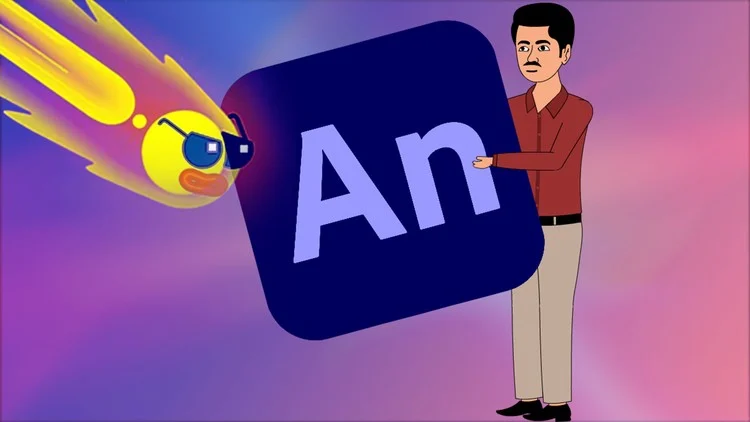Illustrating action in cartoons is essential for creating dynamic and engaging visuals that capture the audience’s attention. When you successfully depict movement, you bring your characters and stories to life. In this article, we’ll share ten practical tips to help you illustrate action effectively in your cartoons. Whether you are a beginner or an experienced artist, these strategies will enhance your ability to convey action vividly and excitingly.
1. Understand the Basics of Motion
To illustrate action in cartoons, you first need to understand how motion works. When a character moves, their body shifts and changes position. For example, when a character jumps, their limbs extend, and their body rises. By studying real-life movements and how they translate into drawings, you can create more believable actions in your cartoons. Observing sports or everyday activities can help you grasp these basic principles of motion.

2. Use Dynamic Poses
Dynamic poses play a crucial role in showing action. Rather than drawing characters in static positions, create exaggerated and fluid poses that suggest movement. For instance, a character running should lean forward, with arms pumping and legs extended. This visual tension conveys a sense of urgency and energy, making the action feel more real. Remember, the more exaggerated the pose, the more action it conveys.
3. Incorporate Action Lines
Action lines are a powerful tool for illustrating action in cartoons. These lines follow the path of the character’s movement, adding a sense of speed and direction. For example, when a character throws a punch, you can draw lines showing the trajectory of the punch. These lines help the audience visually track the movement, enhancing the overall action. Be sure to keep the lines subtle to maintain a clean look in your cartoon.
4. Play with Composition
The composition of your cartoon can significantly impact how action is perceived. Position your characters dynamically within the frame, allowing them to occupy space in a way that suggests movement. For example, if a character is leaping from one side of the frame to another, place them in a corner to create a sense of motion towards the opposite side. This arrangement leads the viewer’s eye through the action, enhancing their experience.
5. Use Speed and Motion Effects
Incorporating speed and motion effects can enhance the feeling of action. For instance, adding blur lines or swirling effects behind a fast-moving character can suggest rapid movement. Similarly, using small motion marks around a character’s limbs can indicate quick actions like swatting or kicking. These effects make the action feel more dynamic and exciting, drawing viewers into the scene.
6. Focus on Facial Expressions
Facial expressions are vital when illustrating action in cartoons. They convey emotion and can amplify the sense of movement. For example, a character’s eyes wide open in shock as they leap off a cliff can enhance the thrill of the moment. By changing the facial expressions to match the action, you create a more immersive experience for your audience. Remember, the face should reflect the physical action to maintain coherence in storytelling.
7. Create Sequential Frames
Creating sequential frames or panels can effectively illustrate action. This technique allows you to break down a movement into steps, guiding the viewer through the action. For instance, if a character is performing a flip, show the beginning, mid-air, and landing positions in separate frames. This method clarifies the action and makes it easier for the audience to follow along.
8. Use Color and Shading
Color and shading can influence how action is perceived in your cartoons. Bright colors can convey energy and excitement, while darker shades can suggest tension or danger. Additionally, using shading to highlight muscle tension during movement can add depth to your action scenes. Thoughtful use of color and shading can elevate the overall impact of your illustrations, making them more captivating.
9. Study Animation Techniques
Animation techniques can also enhance your ability to illustrate action in cartoons. Techniques like squash and stretch can bring life to your characters. For example, when a character jumps, their body can stretch as they rise and squash as they land. Understanding these principles can help you create a more fluid sense of movement in your illustrations, making the action more believable.
10. Practice, Practice, Practice
Finally, the best way to improve your ability to illustrate action in cartoons is through practice. Regularly sketching different actions, poses, and movements will help you develop your skills. Don’t hesitate to try new techniques and learn from your mistakes. The more you practice, the more confident you will become in capturing action effectively in your cartoons.
Conclusion
Illustrating action in cartoons is a skill that can greatly enhance your storytelling. By understanding motion, using dynamic poses, and incorporating various techniques, you can create lively and engaging action scenes. With practice and experimentation, your ability to depict movement will improve, making your cartoons more enjoyable for your audience. Embrace these tips and start illustrating action that leaps off the page!











